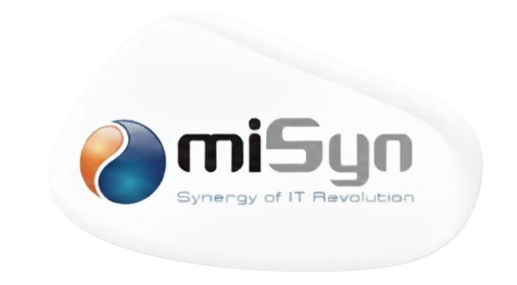The traditional insurance model is fundamentally reactive. A customer buys a static policy, pays premiums, and the insurer's role is primarily to adjudicate and pay claims when something goes wrong. This model is being turned on its head by Artificial Intelligence and the wealth of new data sources, shifting the industry from a "repair and repay" business to a "predict and prevent" partner.
This transformation is powered by a Data-First approach.
Moving Beyond the Application Form
Historically, risk assessment was based on limited, self-reported data from the application form and historical claims data. Today, AI algorithms can analyze a vast array of dynamic, real-time data:
- Telematics & IoT: Data from connected cars, smart home sensors, and wearable health devices provides a real-time view of behavior and risk.
- Satellite & Geospatial Imagery: For property and casualty insurers, this data can assess roof condition, monitor for wildfire proximity, or assess flood risk with stunning accuracy.
- Alternative Data: Social and behavioral data (with appropriate privacy safeguards) can offer insights into a potential customer's lifestyle and responsibility.
The New Paradigm of Personalized Insurance
With this data, AI enables several groundbreaking shifts:
- Hyper-Personalized Pricing (UBI & Beyond): Usage-Based Insurance (UBI) for auto is just the beginning. We're moving towards behavior-based insurance across all lines. Safe drivers, homeowners with advanced security systems, and individuals with healthy habits can receive premiums that truly reflect their lower risk.
- Proactive Risk Management & Prevention: Insurers can transition from being a financial backstop to an active partner in risk mitigation. An insurer could alert a homeowner that a smart water leak sensor has detected a minor leak before it causes major damage. Or, a health insurer could provide personalized wellness tips based on data from a policyholder's fitness tracker.
- Frictionless Claims Processing: AI-powered computer vision can assess car damage from photos submitted via a mobile app. Natural Language Processing (NLP) can analyze first notice of loss (FNOL) calls to automatically triage claims and detect potential fraud by cross-referencing details with vast databases.
- Dynamic Policy Contracts (Parametric Insurance): For specific risks like flight delays or weather damage, AI can enable parametric insurance. Payouts are automatically triggered when an objective parameter (e.g., rainfall exceeds 10 inches) is met, verified by a trusted data source, eliminating the need for traditional claims adjustment.
This data-first, AI-driven future creates a win-win. Customers benefit from fairer pricing, valuable insights, and a more seamless experience. Insurers gain deeper risk insights, reduced loss ratios, and the opportunity to build lasting, trusted relationships with their clients.

